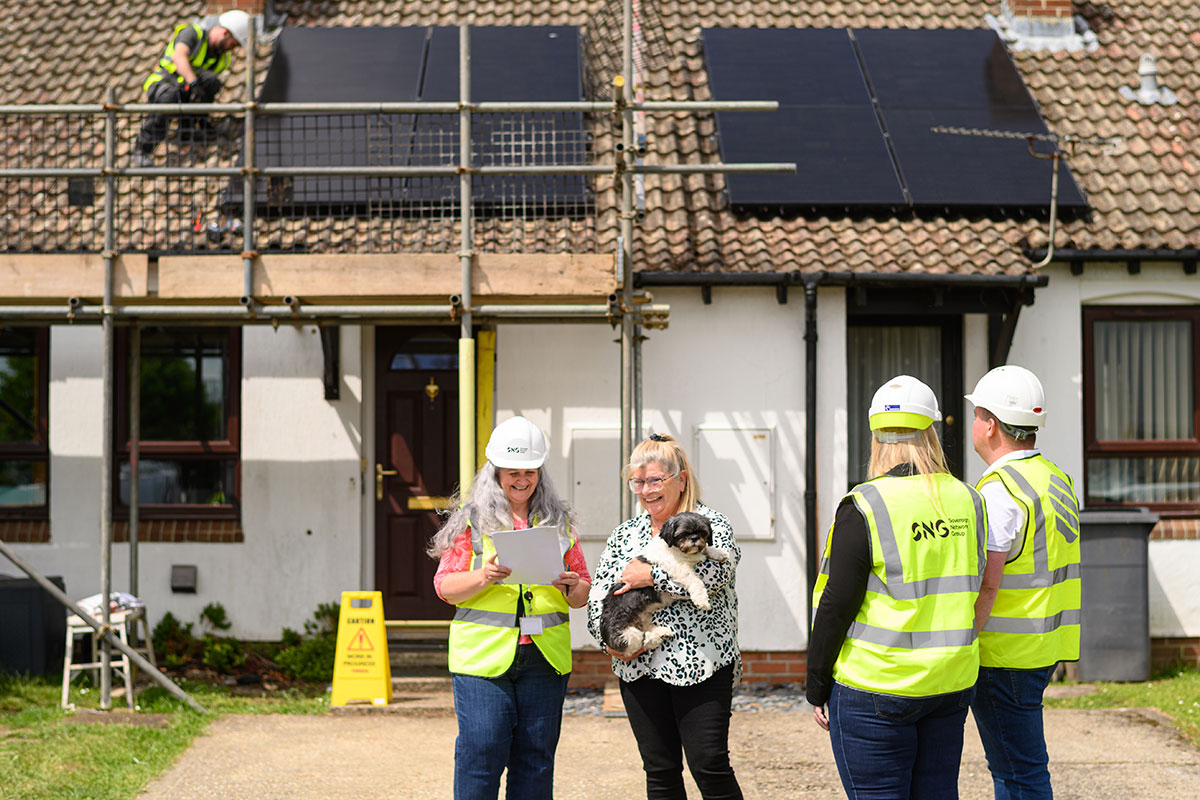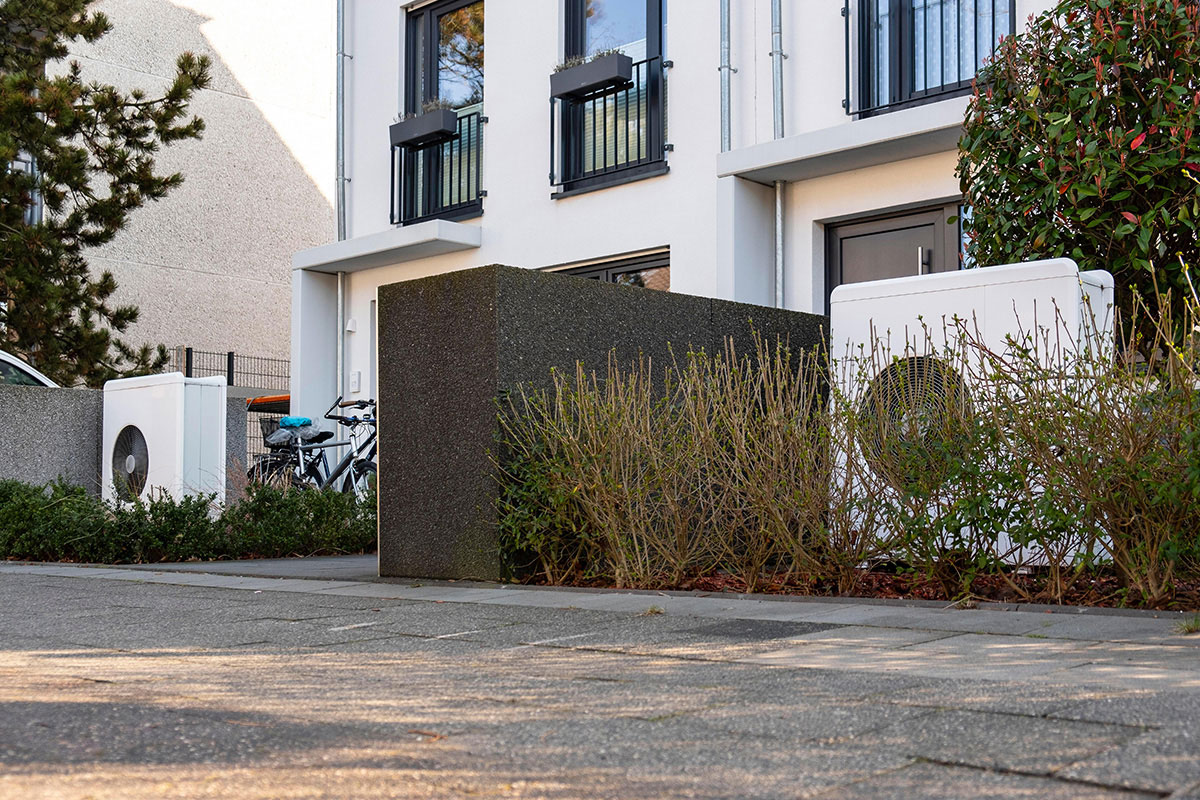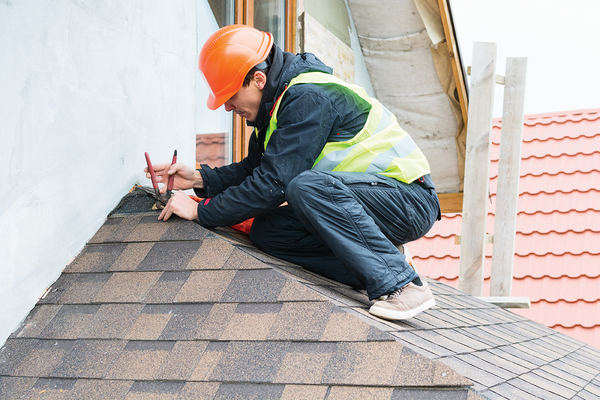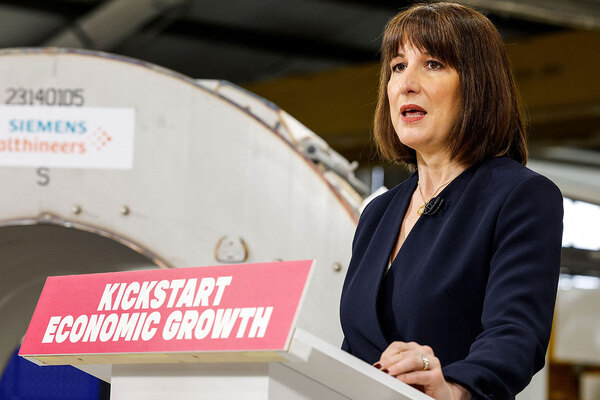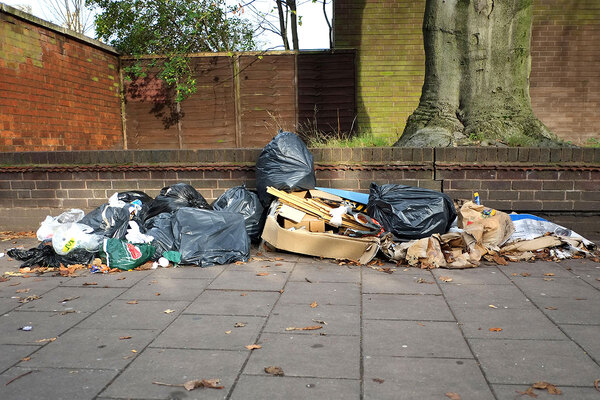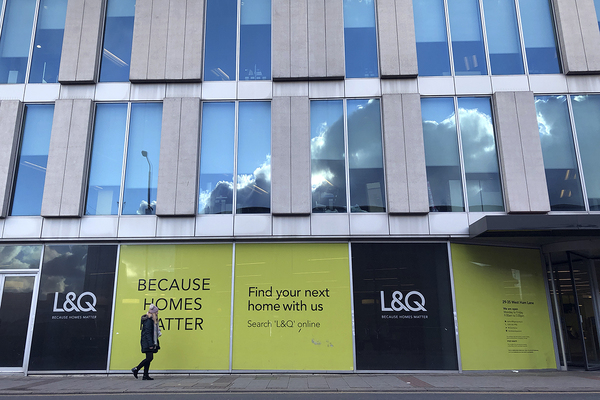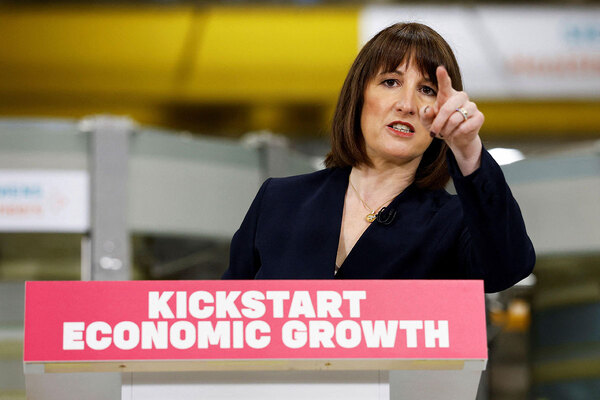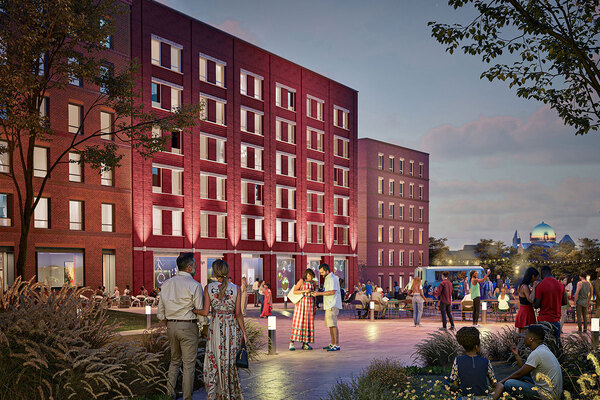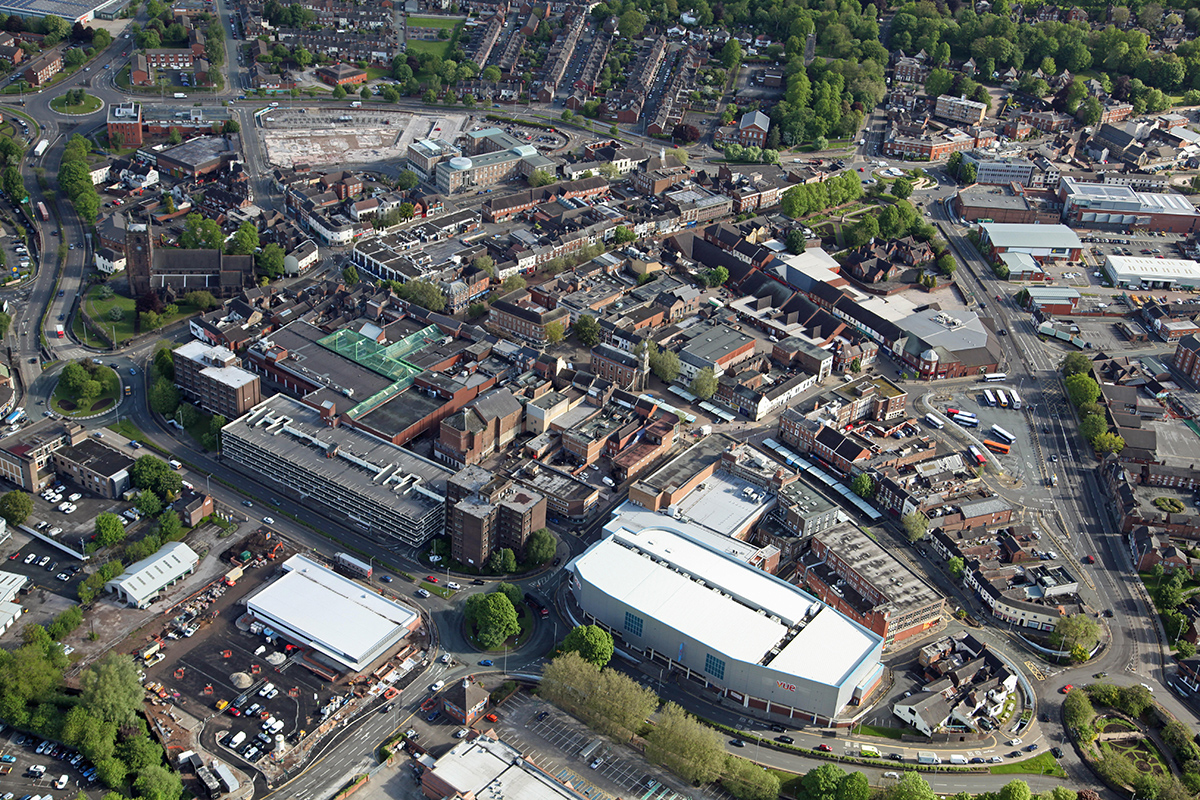You are viewing 1 of your 1 free articles
Why the social homes of the future must be energy-smart
Decarbonising social housing and tackling energy poverty requires going beyond improving insulation and installing carbon-free heating, writes Dave Roberts, UK managing director at GivEnergy
Decarbonising England’s four million social homes is no small feat. Along with the rest of the housing sector, social housing must become carbon-free for the UK to meet its legally binding net zero targets by 2050.
However, decarbonisation must be implemented in a way that does not result in higher energy bills for tenants. Instead, delivering carbon-free social homes and tackling energy poverty – which currently affects 18.4% of social housing tenants – must go hand in hand.
When it comes to energy efficiency, the social housing sector has already made commendable progress.
The English Housing Survey 2022-2023: rented sectors notes that 70% of social rented dwellings have an Energy Performance Certificate (EPC) of A, B or C. This figure compares to 45% in the private rented sector, and 43% of owner-occupied dwellings.
In its decarbonisation guide for housing associations, the National Housing Federation (NHF) stresses the need for fabric improvements to further improve energy efficiency. Moreover, the NHF offers guidance on implementing low-carbon or carbon-free heating systems through heat networks or hydrogen heating systems.
Decarbonising social housing and tackling energy poverty requires going beyond improving insulation and installing carbon-free heating.
Social homes must become energy-smart – able to maximise use of clean energy, and export energy to balance the grid.
The modern energy-smart social home needs: solar PV panels, battery storage, a heat pump and a smart meter.
Under the government’s Social Housing Decarbonisation Fund (SHDF), heat pumps made up just 3% of installations. While heat pumps don’t directly emit any carbon, they do use electricity. Standalone heat pumps drawing electricity from the grid could leave residents with higher electricity bills and cause strain on the grid during times of peak heating demand.
“Social homes must become energy smart – able to maximise use of clean energy, and export energy to balance the grid”
However, these issues can be offset by combining a heat pump with solar PV panels and battery storage. Researchers at the Fraunhofer Institute for Solar Energy Systems in Germany have already demonstrated how this is possible. Their study found that the combination improved heat pump efficiency and resulted in drawing less energy from the grid.
In short, the combination offers carbon-free heating without an extortionate electricity bill.
In 2017, the government planned to install solar panels on around 800,000 social homes. By 2022, only 170,237 social homes had solar panel installations, according to MCS data.
Solar panels are the most affordable and scalable means for social housing tenants to generate renewable energy. However, to maximise use of solar, social homes also need battery storage.
A home battery storage system can store solar energy when generation is high, and discharge said energy when generation is low and demand is high.
While solar and battery storage is the ideal combination, social housing tenants could also benefit from standalone battery storage, which can charge from the grid when electricity is cheaper, eg during off-peak hours, and discharge when electricity is more expensive, eg during peak hours.
According to a report co-authored by the Centre for Net Zero, annual consumer electricity demand in the UK will rise by around 50% by 2035. Behind this increase is the rise of heat pumps and electric vehicles.
Moreover, the UK is increasingly dependent on time-variable renewables, such as solar and wind. In short, you can’t simply turn the wind and sun on and off, as and when electricity demand requires.
In future, grid operators will increasingly call on the distributed energy resources (DERs) of ordinary households. And there’s no reason why those in social housing should be any exception.
For instance, operators can pay residents to export energy stored in home batteries during times of high demand. This was trialled with 45 households in London in 2020, resulting in lower evening peak demand by 60% and on average 20% lower carbon emissions for average households.
“In future, grid operators will increasingly call on the distributed energy resources of ordinary households. And there’s no reason why those in social housing should be any exception”
Grid operators may also incentivise residents to shift electricity outside of peak hours. This has happened during winter under the National Energy System Operator’s Demand Flexibility Service. Results from the winter of 2023-24 show that £11.9m was earned by participants, with over 3.7 GWh of energy delivered.
Such grid-balancing schemes can become accessible to social housing tenants through smart meters and energy monitoring software.
Barriers to the decarbonisation of social homes remain, especially among ‘hard-to-decarbonise’ social homes. Social housing providers may need to adapt decarbonisation measures on a case-by-case basis to overcome specific challenges.
However, in the long term, the sector could work towards standardisation. For instance, social homes could follow the Centre for Net Zero’s proposed Smart Building Rating (SBR).
Such a measure would complement an EPC and indicate a building’s capacity for energy flexibility, or ‘smartness’. An SBR score would depend on whether a building had a battery storage system, solar PV installation, a heat pump, a smart thermal store, etc.
This could lay the groundwork for standardising social home decarbonisation. Decarbonisation that is not only in line with net zero, but also delivers affordable energy to help tackle energy poverty.
Dave Roberts, UK managing director, GivEnergy
Sign up for our asset management newsletter
Already have an account? Click here to manage your newsletters


